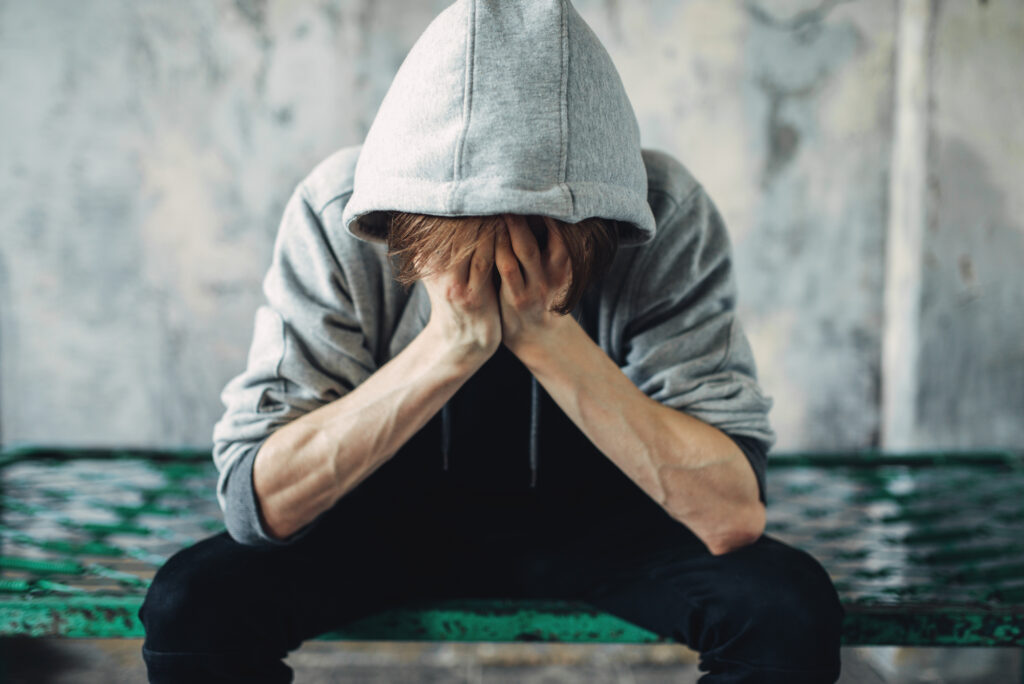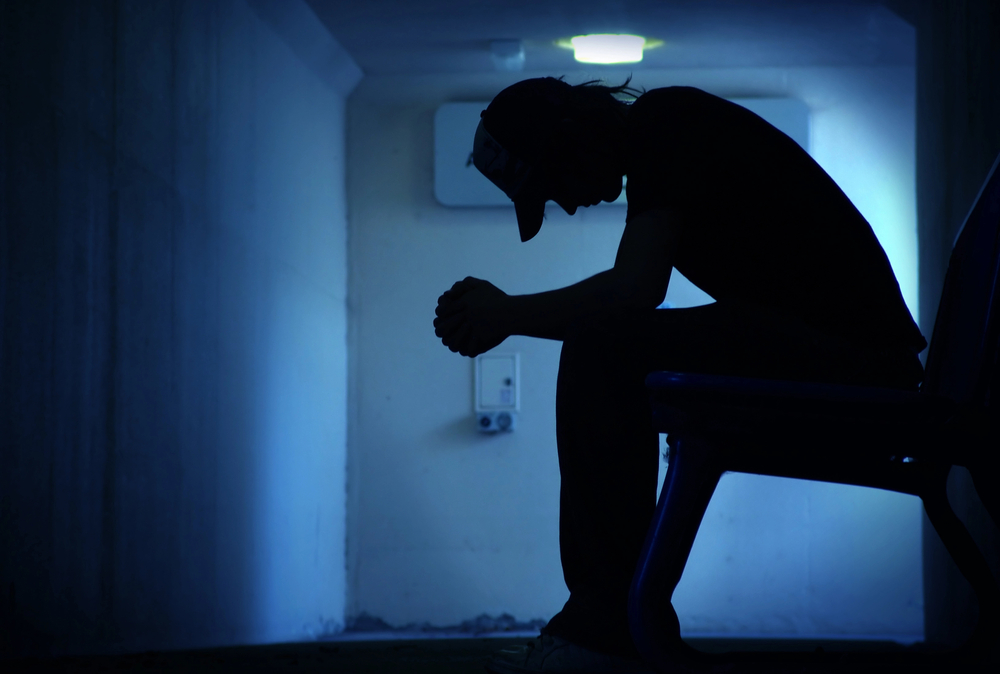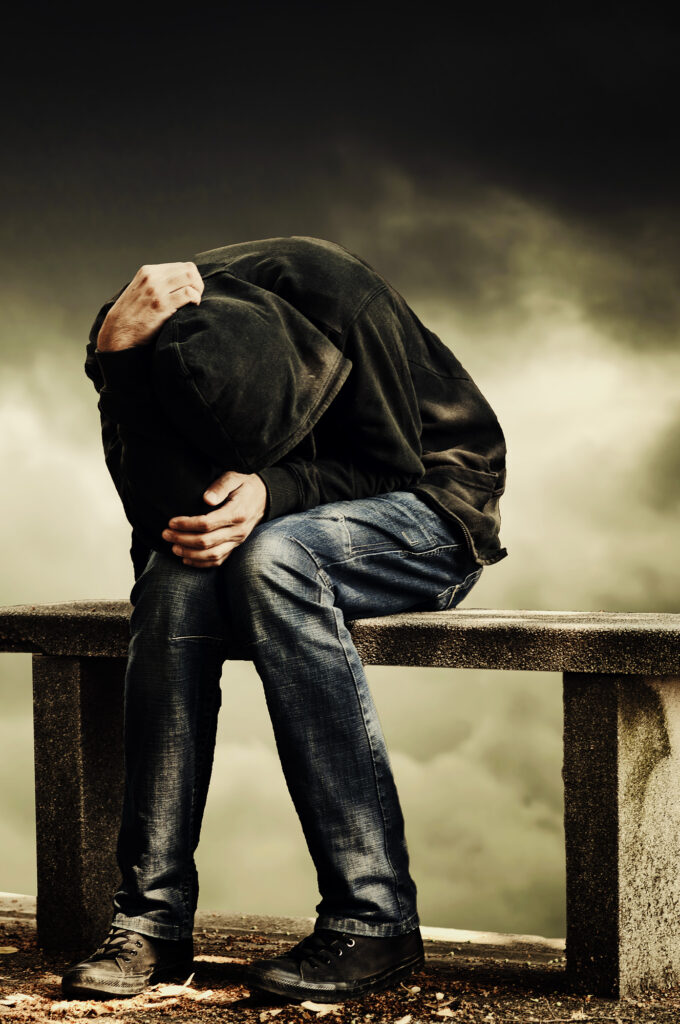The Comprehensive Impact: How Do Drugs Affect Society and Public Health?

Exploring “how do drugs affect society” reveals a tapestry of challenges, including family upheaval, economic burdens, escalating crime, and public health crises. This article directly addresses these critical issues, offering an in-depth look at the insidious effects of substance abuse on the collective community and individual lives within it.
Key Takeaways
- Drug abuse severely damages the social fabric of communities, leading to disintegrated family units, fractured neighborhood cohesion, and the marginalization of individuals with substance misuse issues, necessitating targeted interventions for support and reintegration.
- The economic implications of drug abuse are profound, straining healthcare systems, reducing workforce productivity, burdening law enforcement, and affecting the vitality of local businesses, calling for comprehensive rehabilitation programs and supportive workplace policies.
- Drug addiction poses significant challenges to public health, with its impact extending to increased crime rates and public safety concerns, health outcomes, and the effectiveness of disease control measures, thereby emphasizing the need for community-based preventative measures, education, and accessible treatment options.
The Social Fabric Unraveled: Drug Abuse and Community Connections
Drug abuse is not merely an individual issue; it affects the very fabric of our society, unraveling family dynamics and community connections. Imagine a once vibrant neighborhood now littered with signs of drug use, the trust among community members dissolved, replaced by fear and uncertainty. This grim picture illustrates how drug abuse can turn ‘safe zones’ into ‘no-go’ areas, souring public perceptions and contributing to the decline in neighborhood cohesion.
Furthermore, the harsh realities of drug abuse and substance abuse do not spare families, the fundamental units of society. Family conflicts, neglect, and domestic abuse often shadow households battling addiction, with children within the family developing substance misuse behaviors of their own over time. The ripple effects of drug abuse extend to the individuals involved, who often isolate themselves due to the stigma, making their reintegration into society a daunting task.
The erosion of neighborhood trust and marginalization of individuals with substance misuse issues further amplify the social impact of drug abuse. This can cause social bonds within communities to unravel, a phenomenon that could fracture societal harmony if left unaddressed.
Unfortunately, the issue of drug abuse and its social consequences is not confined to isolated incidents or specific regions. It is a global concern that demands collective efforts. So, how can we, as a society, mitigate this problem? How can we ensure that the bonds within our communities remain strong in the face of this pressing issue?
The answer lies in targeted interventions, community involvement, and a shift in perspective toward people struggling with drug abuse. Rather than shunning these individuals, society must work together to provide the necessary support, resources, and rehabilitation avenues, thus aiding their reintegration and helping restore the damaged social fabric.
Economic Toll: The High Cost of Substance Misuse
The economic toll of drug abuse, equally as significant as its alarming social implications, is substantial. Misuse of substances puts pressure on:
- healthcare systems
- workforce productivity
- law enforcement
- local businesses
A deeper exploration into each of these areas, especially during World War II, helps to comprehend the vast economic impact.
The healthcare system, often the first line of defense against drug abuse, faces significant strain. The cost of medical attention, rehabilitation, and mental health services for individuals struggling with drug abuse is substantial. These medical costs, combined with the financial burden of managing drug-related complications and drug overdose incidents, contribute to the high economic toll.
Drug abuse also negatively impacts workforce productivity, a crucial driver of the economy. This can manifest in various ways, such as increased absenteeism, reduced job performance, and a rise in workplace accidents. These challenges not only disrupt the smooth functioning of businesses but also impede economic growth, demonstrating how drug abuse affect various aspects of society.
The effects of drug abuse are not confined to individuals; they also impact local businesses, which are the lifeblood of many communities. They grapple with issues such as:
- Training costs for replacement workers
- Loss of productivity due to absenteeism
- The perception of an unsafe environment
- Deterrence of potential investors and residents
Clearly, the economic implications of drug abuse extend far beyond the individual, permeating various sectors of the economy. Addressing these challenges requires innovative approaches, including comprehensive rehabilitation programs, workplace wellness initiatives, and policies that support businesses affected by drug-related issues.
 Public Safety and Crime Rates: The Influence of Illicit Drugs
Public Safety and Crime Rates: The Influence of Illicit Drugs
Beyond its social and economic effects, drug abuse significantly threatens public safety, leading to increased crime rates. Individuals who abuse drugs are more likely to commit crimes, creating a complex relationship between drug abuse and criminal activities.
Street-based income generation activities such as sex work, drug dealing, and panhandling are often associated with individuals involved in drug abuse. These activities not only jeopardize individual safety but also erode the overall sense of security within communities.
The correlation between drug abuse and illicit drug related crimes places a heavy burden on law enforcement. Policing, legal proceedings, and incarceration related to drug offenses result in significant public expenditure, straining limited resources.
Despite these challenges, communities are taking proactive steps to deter drug use in public spaces. Strategies such as the installation of gates and CCTV, and removal of facilities in parks, have been employed with varying degrees of success. However, the presence of drug-related crime items (DRCIs) in public areas remains a concern, necessitating the development of specific interventions.
The link between drug abuse and crime underscores the need for a multi-pronged approach to address this issue. Such an approach could include:
- Strengthening law enforcement strategies
- Implementing community-based interventions
- Providing support and rehabilitation services for individuals involved in drug abuse.
Health Outcomes and Disease Control: The Ripple Effect of Drug Addiction
Drug addiction’s repercussions, including substance use disorder, cast a long shadow on health outcomes and disease control, extending beyond societal and economic impacts. Individuals struggling with drug addiction face a plethora of health challenges, from physical ailments to mental health problems, often resulting in ill health.
Among the many interventions aimed at mitigating these health consequences, harm reduction strategies play a pivotal role. These strategies include:
- Drug consumption rooms
- Overdose prevention sites
- Safe injection facilities
- Medically supervised injection or smoking rooms
These strategies are designed to reduce the adverse health effects associated with drug use.
Despite their effectiveness, the implementation of such strategies presents several challenges. Barriers such as regulations regarding the use of illicit substances, socio-structural contexts like stigma, and prevailing social norms often hinder the effective execution of these interventions.
Though faced with challenges, the critical role of harm reduction interventions in disease control and improving health outcomes for those battling drug addiction is undeniable. By focusing on reducing the harm associated with drug use, rather than solely on eliminating drug use, these strategies provide a lifeline for individuals who are struggling to overcome addiction.
The path to recovery is arduous, fraught with obstacles at every turn. But with a combination of harm reduction strategies, supportive care, and comprehensive treatment plans, we can help individuals navigate this journey, improving health outcomes, and restoring their quality of life.

Education and Awareness: Preventing Substance Misuse Before It Starts
Preventing substance misuse before it even starts is a vital aspect of addressing the drug abuse issue. This is where education and awareness come into play. Equipping individuals with the knowledge and tools to make informed decisions about substance use can be achieved by raising awareness about the dangers of drug abuse and promoting education.
In this regard, community-based programs play an essential role. They can:
- Disseminate information
- Conduct awareness campaigns
- Host workshops
- Distribute educational materials
These programs aim to curb drug abuse at a grassroots level.
School-based programs are another vital component of preventive efforts. These programs offer educational initiatives designed to prevent initial substance use among youth, thereby stemming the tide of drug abuse at an early stage.
Sharing narratives of individuals who have successfully overcome addiction can also make a significant impact. Such stories can inspire others and reinforce the message of hope and recovery, providing a beacon of light for those grappling with addiction.
While the journey to a drug-free world is long and challenging, preventative measures like education and awareness can pave the way for a healthier, safer society. By fostering a culture of awareness and promoting informed choices, we can contribute to the fight against drug abuse and its detrimental effects.
Rehabilitative Measures: Treatment Options and Recovery Support
For individuals struggling with drug addiction, rehabilitation is a cornerstone of their journey towards recovery. Having local access to rehabilitation and treatment options is essential, providing a community-based environment that aids in overcoming addiction.
The necessity for accessible treatment underscores the importance of sustained recovery efforts and aftercare, which are fundamental in supporting long-term sobriety and preventing relapse. This underscores the importance of a comprehensive support network that not only addresses the immediate problem of drug abuse but also supports the individual in their path to long-term recovery.
Peer support groups form another integral part of the recovery ecosystem. By offering a platform for shared experiences and mutual aid, these groups contribute to maintaining sobriety and rebuilding personal lives. The power of shared experiences and the strength derived from a supportive community can be a beacon of hope for those battling addiction.
The impact of drug abuse treatment can be enhanced by a coordinated community response. By bringing together resources, expertise, and support systems, we can create a comprehensive support network that bolsters the effectiveness of rehabilitative measures.
In the fight against drug abuse, treatment and recovery support are crucial. By prioritizing rehabilitative measures and creating supportive environments, we can help individuals overcome addiction, rebuild their lives, and contribute positively to society.

Addressing the Root Causes: A Look at Poverty and Drug Use
Effectively combating drug abuse requires confronting its root causes, not merely addressing its symptoms. Structural issues such as poverty and racism are among these root causes, and their role in perpetuating drug abuse cannot be understated. Structural racism, a pervasive issue, is linked to an increased risk of substance use and overdose, contributing to health inequities. Poverty, adverse childhood experiences, and intergenerational trauma – all influenced by structural racism – are social determinants of health that contribute to the cycle of drug abuse.
Community interventions against drug-related impacts concentrate on assessing effects, comprehending drug users’ characteristics, and elucidating indicators of community impacts related to drug use. These strategies provide a holistic approach to addressing the root causes of drug abuse. Communities play a vital role in this fight against drug abuse. By engaging in advocacy to influence policies that address structural causes like poverty, communities can contribute significantly to reducing drug abuse.
Addressing the question of how do drugs affect society is a challenging task, but it is a necessary one. By focusing on these structural issues, we can foster healthier communities, disrupt the cycle of drug abuse, and pave the way for a brighter, drug-free future.
Frequently Asked Questions
How do drugs affect society and the community?
Drug abuse affects the community by placing burdens such as increased healthcare costs and loss of productivity, and by contributing to mental health problems among adolescents. These consequences have a significant impact on the well-being and functioning of the community.
How drug abuse is a social issue?
Drug abuse is a significant social issue due to its impact on crime, healthcare costs, neglect of children, and disruption of community life. It contributes to various problems such as violence, crime, financial issues, and homelessness.
How does addiction affect people’s lives?
Addiction can lead to problems with focus, memory, learning, decision-making, and judgement, as it is driven by habit rather than conscious decisions. This can perpetuate the misconception that those with addictions are solely making poor choices.
What are the economic implications of drug abuse?
The economic implications of drug abuse include burdening healthcare systems, diminishing workforce productivity, and placing strain on local businesses, leading to significant economic costs. These implications have a wide-reaching impact on society.
How does drug abuse impact crime rates and public safety?
Drug abuse can lead to an increase in crime rates, jeopardize individual safety, and erode the overall sense of security within communities.


